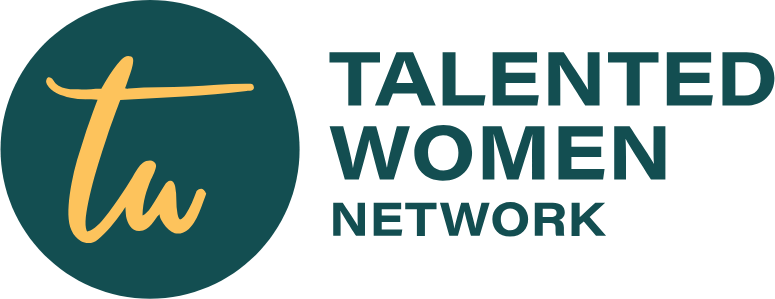In a digital-first world, trust is the new currency—especially in tech, where long sales cycles and complex products demand education before conversion.
Webinars, when done right, offer a powerful way to bridge that gap, turning industry expertise into a lead generation engine that not only informs but qualifies.
More than just virtual presentations, webinars are the modern masterclass in scalable relationship-building. They give companies a stage to demonstrate value, earn credibility, and engage prospects—without the hard sell.
Why Webinars Work in the Tech Industry
For buyers evaluating technical solutions—be it SaaS, cybersecurity, AI, or cloud infrastructure—education often precedes interest. Webinars deliver that education in a dynamic, human format.
“Tech buyers don’t want another sales pitch,” says Olumide Adebanjo, a B2B SaaS marketing executive based in Lagos. “They want to understand use cases, ROI, and integration risks. Webinars offer the perfect format to deliver that in a trusted, interactive way.”
With the right strategy, these events can move prospects from cold to sales-qualified in under an hour.
1. Start With the Right Topic—and the Right Intent
The best webinars aren’t about your product—they’re about your prospect’s problem. Focus on a pain point your ideal buyer is actively trying to solve.
The goal? Position your company as a strategic solution, not just a software vendor.
2. Leverage Registration for Lead Qualification
Every registrant offers a chance to qualify before the event begins. Include custom fields in the registration form like:
- Job title / decision-making role
- Company size
- Current tools used
- Biggest challenge related to the topic
This data feeds directly into your CRM and helps sales teams prioritize follow-ups.
Pro tip: Use dynamic forms that integrate with your marketing automation tools (e.g., HubSpot, Marketo, or Pardot).
3. Make It Interactive, Not Just Informative
The most effective webinars aren’t monologues—they’re dialogues. Use features like live polls, Q&A sessions, and chat to foster engagement.
Consider adding a short demo only if it’s naturally woven into a story or case study. Keep the focus on how you solve real-world problems, not product specs.
And remember: 80% of attendees won’t ask questions—but the 20% who do are usually the most sales-ready.
4. Follow Up with Precision and Personalization
The webinar doesn’t end when the Zoom call drops. Within 24 hours:
- Send a thank-you email with the replay and bonus resources
- Segment attendees vs. no-shows for tailored nurturing
- Trigger sales outreach to engaged leads with contextual insights (“Loved your question on integration with AWS…”)
Use attendee behaviour (e.g., watched to end, asked questions, downloaded materials) to flag sales-qualified leads in your CRM.
5. Repurpose Your Webinar for Ongoing Lead Gen
Great webinars should live long past the live date. Break your session into:
- Short clips for social media
- Blog posts summarizing the key insights
- A gated replay for lead capture on your website
- An email series nurturing leads with related resources
This turns a one-hour event into a months-long content asset that continues feeding the funnel.
In the tech industry, webinars are no longer optional—they’re strategic.
When combined with targeted messaging, smart automation, and real audience engagement, they become one of the most cost-effective tools for generating sales-qualified leads at scale.
It’s not about showing off your software. It’s about showing you understand the problem—and proving you’re equipped to solve it.
Because in the end, people don’t buy platforms. They buy confidence. And webinars deliver it—live, on demand, and at every step of the buyer journey.

